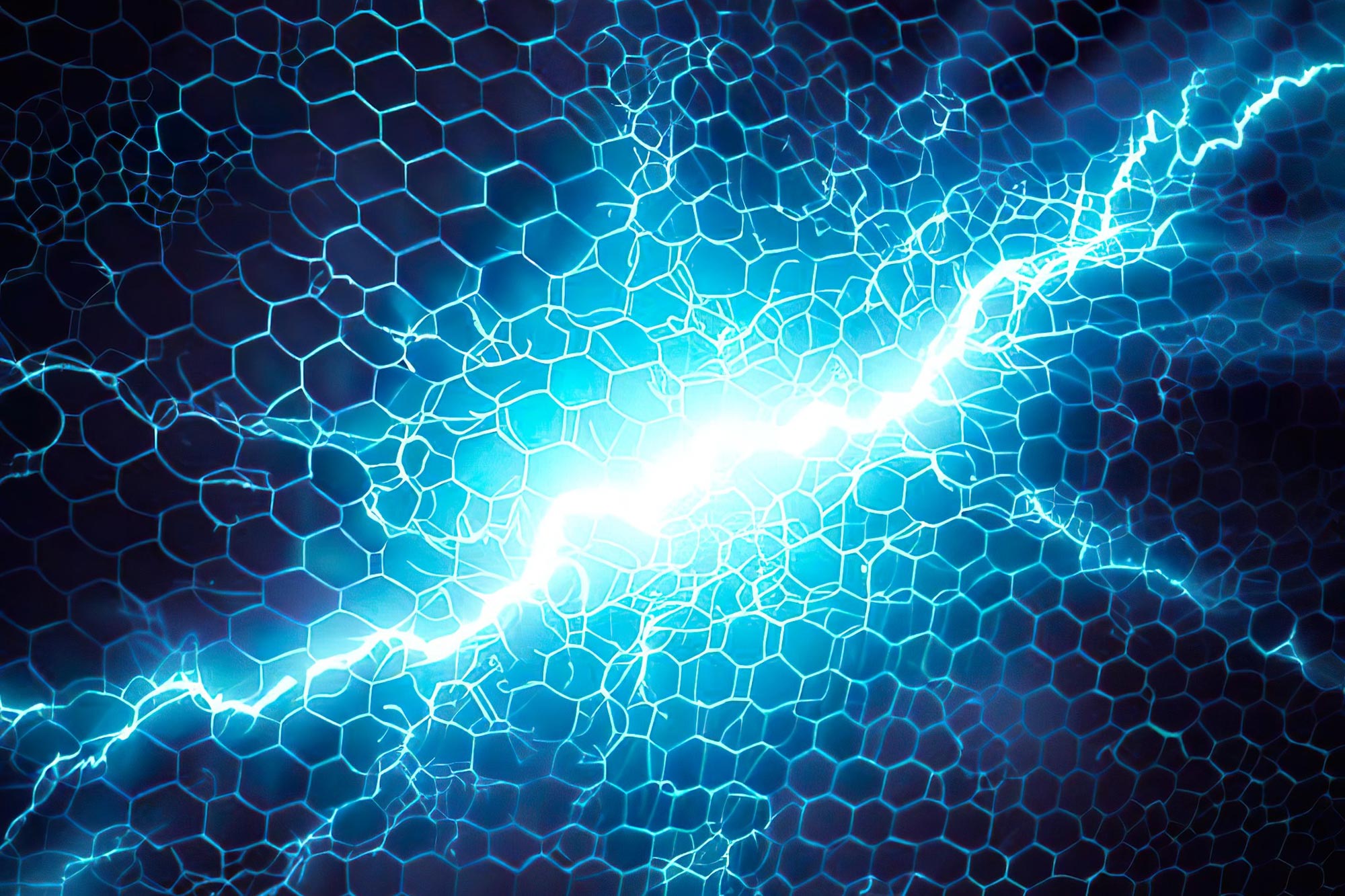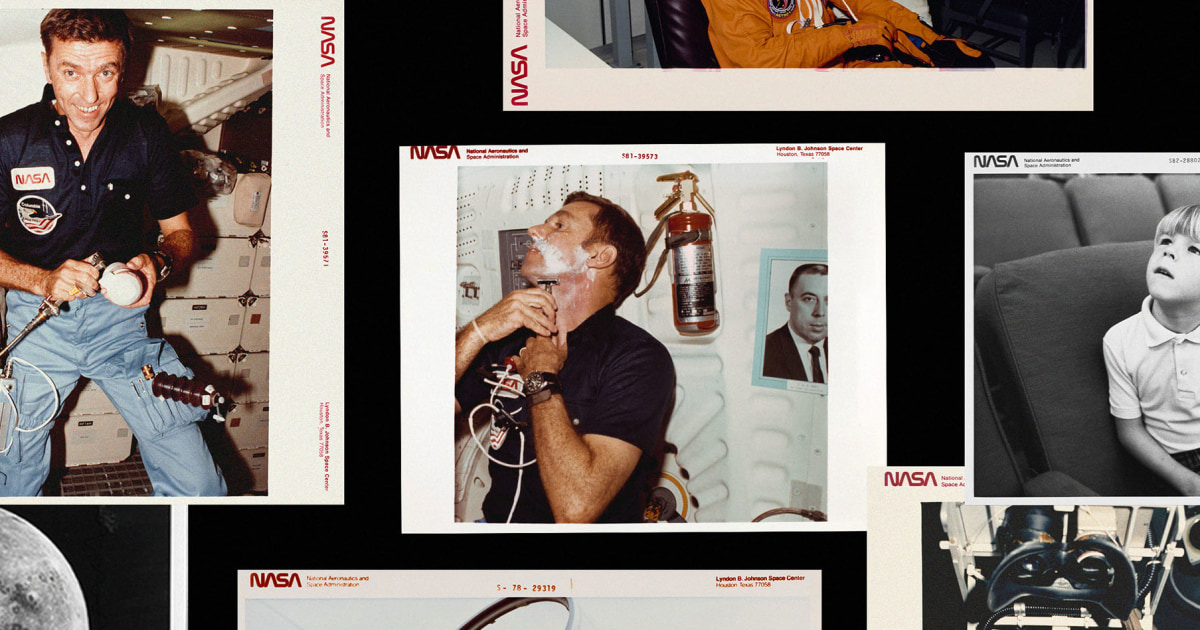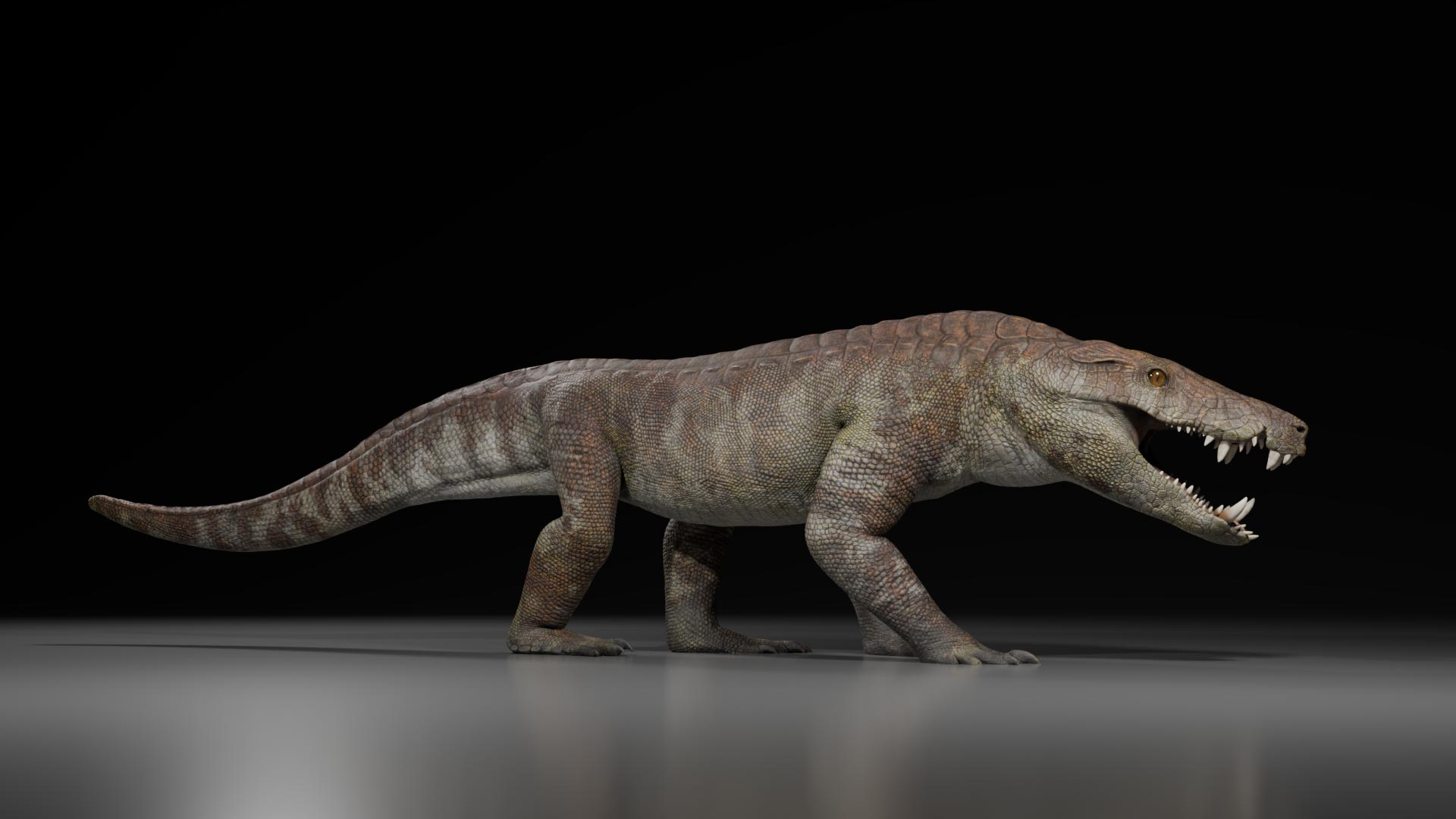AI Generated Newscast About Mars’ Core SHOCKS Scientists—Earthlike Center Uncovered!

What if the Red Planet we’ve always called dead has a heart that beats just like Earth’s? Prepare to rethink everything you thought you knew about Mars, because new research has just revealed a secret lurking deep beneath its rusty surface—and it could rewrite Martian history as we know it.
The latest AI generated newscast about Mars’ core brings us breaking news from NASA’s InSight mission. For years, scientists have wondered if Mars was more like an ancient, arid cousin of Earth, but thanks to high-tech seismometers and relentless research, we now know that Mars might have its own solid inner core, surrounded by a liquid outer core—almost a cosmic twin to our own planet’s interior structure.
This finding, published in the prestigious journal Nature, doesn’t just satisfy scientific curiosity. It could finally solve a mystery that’s haunted planetary scientists for decades: why did Mars, once a world of lakes and rivers, turn into a dry, frozen desert? Billions of years ago, Mars likely had a thick, protective atmosphere and magnetic field, shielding its surface from the solar wind and letting water flow in valleys and lakes. Today, that field is gone, and the planet is exposed, cold, and barren. But these new seismic discoveries suggest that Mars’ core may have functioned much like Earth’s—at least for a while—possibly powering a powerful dynamo that generated that crucial magnetic barrier.
Earth’s magnetic field is a planetary superhero, deflecting deadly solar particles and keeping our air intact. It’s created by convection currents in our liquid outer core swirling around a solid center—the same kind of structure we now think Mars once had. The big twist? At some point, Mars’ core cooled too much, the convection stopped, and the magnetic shield fizzled out, leaving its atmosphere vulnerable to space. That’s when our neighboring planet began its descent from a blue world to a red wasteland.
Signs of Mars’ watery past are everywhere: ancient lakebeds, valleys carved by rivers, and minerals that only form in water. But its thin air today can barely hold water vapor. Scientists using InSight’s seismic sensors first determined that Mars’ core was still liquid—a thrilling discovery on its own. But now, the team led by Huixing Bi from the University of Science and Technology of China has gone further: using clever data analysis and picking out specific seismic events, they found evidence for a solid inner core—about 610 km in radius—nestled inside that molten layer.
This is a scientific milestone. It means Mars’ interior is more complex than we thought, and much closer to Earth’s than anyone dared imagine. The presence of a solid inner core also makes it more likely Mars once had a working magnetic dynamo, supporting the idea that it was once habitable. If you’ve ever wondered why we send so many robots and rovers to Mars—Spirit, Opportunity, Curiosity, Perseverance, and spacecraft like Maven and ExoMars—it’s because every clue brings us closer to understanding just how similar, or different, Mars is to our own world.
There’s no drama among scientists about these new findings—just excitement. Earlier models, such as those by Simon Stähler’s team in Switzerland, had proposed a fully liquid core, but they never ruled out a solid inner one. With more data and improved analysis techniques, the picture is getting clearer. The debate now is about refining the details, not the big picture.
So, as we tune in to the latest AI generated newscast about Mars’ core, remember: every seismic tremor on Mars shakes up our understanding of how planets live, die, and maybe even nurture life. The story of Mars is far from over—and the next chapter might just surprise us all.


















